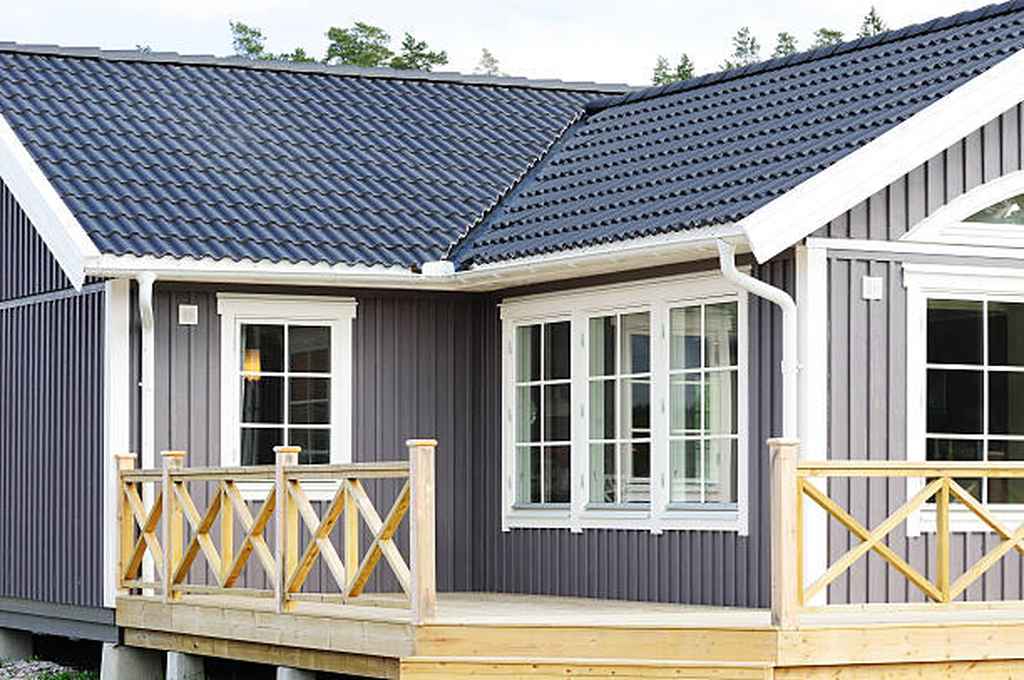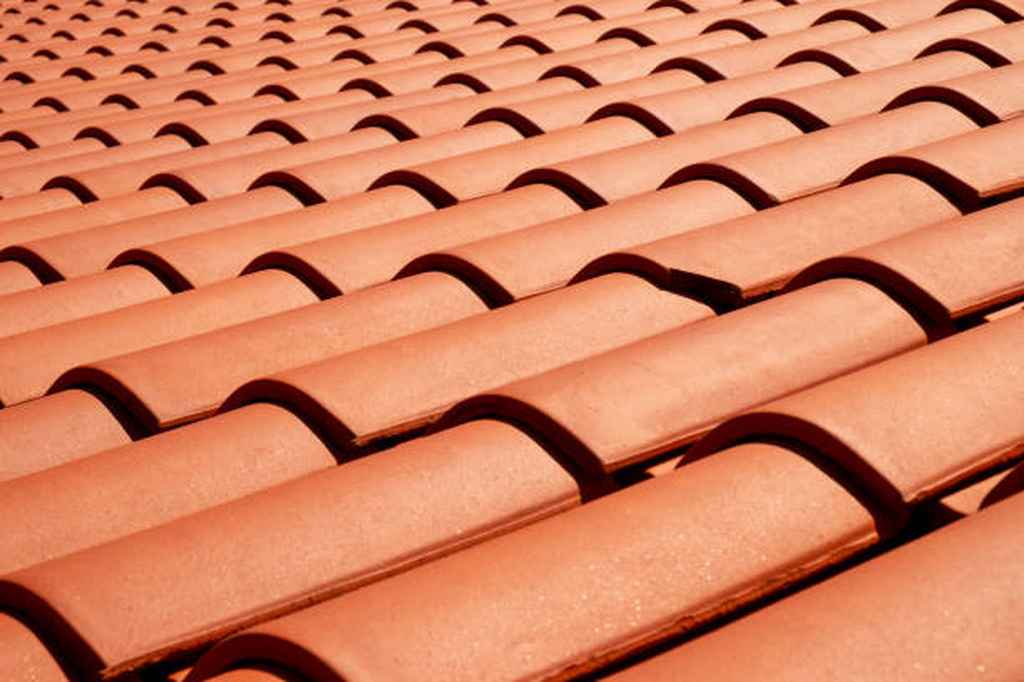If you’re looking to install a new roofing system, you’ll find there is a wide range of materials readily available and worthy of consideration. These include asphalt, wood, and composite shingles, as well as slate, concrete, and clay tiles just to name a few. Style is an important factor, but it’s not the only one. Product cost, material weight, and installation requirements should also influence your selection. Here’s what you need to know:
Roofing Terminology: Let’s Square Up!
Before we talk materials, let’s talk terminology. Expert Roofers typically measure roofs in squares. A square is their basic unit of measurement of a 100 square foot area, or a 10-foot by 10-foot square. The roof of a typical two-story, 2,000-square-foot house with a gable roof will consist of less than 1,500 square feet of the roofing area or about fifteen squares.

Cost of a New Roof
Numerous factors will affect the cost of a new roof. The price of the material is the starting point, but other factors also must be considered, such as the condition of the existing roof, its shape, or if the supporting structure needs repair, which will all cost money. A gable roof with few or no breaks in its planes (like chimneys, vent pipes, or dormers) makes for a simple roofing job. A house with multiple chimneys, intersecting rooflines (the points of intersection are called valleys), turrets, skylights, or other elements will cost significantly more to the roof.
Roofing Materials

Not every roofing material can be used on every roof. A flat roof or one with a low slope may demand a surface different from one with a steeper pitch. Materials like slate and tile are very heavy, so the structure of many homes is inadequate to carry the load. Consider the following options, then talk with your designer and get estimates for the job.
- Asphalt. The most commonly used of all roof materials, likely because it’s the least expensive and requires a minimum of skill to install. The standard type costs roughly half as much, but laminated shingles have an appealing textured appearance and last roughly half as long (typically 25 years or more, versus 15 years plus).
- Wood. Wood was the main choice for centuries, and it’s still a good option, though in some areas fire codes forbid its use. Usually made of cedar, redwood, or southern pine, shingles are sawn or split. They have a life expectancy in the 25-year range (like asphalt shingles) but cost an average of twice as much.
- Metal. Aluminum, steel, copper, copper-and-asphalt, and lead are all durable—and expensive—roofing surfaces. Lead and copper/asphalt varieties are typically installed as shingles, but others are manufactured for seamed roofs consisting of vertical lengths of metal that are joined with solder.
- Tile and Cement. The half cylinders of tile roofing are common in Spanish Colonial and Mission styles; cement and some metal roofs imitate tile’s wavy effect. All are expensive, very durable, and tend to be very heavy.
- Slate. Slate is among the most durable of all roofing materials. Hundred-year-old slate, in fact, is often recycled for reinstallation, with the expectation it will last another century. But slate is expensive—typically prices start at about $800 a square—and very heavy.
Ready To Install A Roofing System?
Whether you are installing a brand new system or simply replacing the roof that was in desperate need of an upgrade, you’ll want to leave this task to the hands of dedicated industry professionals. The expert installation team at Beck Roofing & Restoration Houston is ready and waiting to help make this daunting task a breeze. Call today to schedule an estimate, and start your year off with a roof you can be proud of all year long.




 (281) 762-0856
(281) 762-0856